For stamp collectors, the ability to turn a profit from years of assembling special stamps can be an exciting prospect. Monetizing your postal stamp collection requires research, preparation, and utilizing the right selling strategies to maximize profits. This comprehensive guide will walk you through everything you need to know to successfully sell your stamp collection for top dollar.
We’ll cover assessing your stamps’ value, utilizing online marketplaces and auction platforms, safeguarding against fraud, and tips for getting the best return on your rare, vintage, or inherited stamps. Whether you’re looking to sell your full collection or just unload some duplicates, you’ll learn insider tricks of the trade to become a savvy stamp seller. From needed preparation to pricing to finding reputable buyers, this guide brings together proven advice from top stamp experts.
If your stamp collection has been sitting in boxes and albums collecting dust, don’t leave money on the table. Those vintage first edition stamps or rare misprints could be worth serious cash to the right collector. Old postage stamps from the 19th century, WWII-era stamps, and even newer releases can carry significant value. We’ll walk through the key factors that drive up stamp values and prices so you can better evaluate your inventory.
Selling online has opened up new avenues for connecting stamp collectors and sellers worldwide. We’ll cover the top recommended marketplaces trusted by the pros, as well as tips for safe selling practices. Getting your stamps graded and assessed can boost credibility for rare finds. Learn how to tap into auction houses and stamp vendor resources to have your most valuable stamps professionally appraised.
Whether selling locally, through online sites, dealers, or at stamp shows, this guide will prepare you to make the most from your collection. Let’s get started unlocking the profit potential of those boxes of old stamps.
Understanding the Value of Postal Stamps
Not all stamps are created equal when it comes to monetary value. Many factors influence the worth of your postage stamps for resale and profit potential. Understanding these key drivers of value will help you evaluate the gems hidden in your collection.
The main factors that impact a stamp’s price include:
- Age and Era – Older vintage stamps tend to carry more value. Classic 19th century stamps and early 20th century releases command higher prices. The time period and era the stamp was originally issued plays a role.
- Scarcity – Stamps issued in lower quantities naturally are harder to come by. Limited edition runs, regional releases, and short production periods can all make a stamp more scarce and valuable.
- Condition – The quality and state of preservation is critical. Stamps in pristine, lightly-cancelled condition are worth far more than damaged or heavily postmarked examples.
- Popularity – Certain iconic stamps have widely recognized historical significance, topics, or artwork that raises desirability.
- Errors and Oddities – Misprinted stamps with rare production flaws, special one-off oddities, or printing errors have novelty value.
- Demand – Stamps connected to popular collecting themes or that are harder to locate in general may command higher market prices.
In terms of the types of stamps that often have the most potential resale value and profit upside, these include:
- Early 19th century classic US and European stamps often fetch premium pricing. British Penny Blacks, US Benjamin Franklins, and other iconic releases have historical allure.
- Certain definitive stamp series like the Washington/Franklin issues carry strong collector interest that translates to value.
- Limited edition commemoratives, especially larger format stamps, have profit potential. Expo releases and high-face value celebratory stamps are good examples.
- Accidental rarities and specialty one-off stamps also intrigue collectors. The Inverted Jenny and rare CIA invert are some of the most famous examples.
Understanding nuances that affect value will help you evaluate your own collection’s potential based on when and where your stamps were originally issued.
Preparation for Monetization
Before you can dive into selling your stamp collection, some upfront preparation will set you up for success. Properly assessing, organizing, and researching your stamps will ensure you accurately valuate your holdings and capitalize on current market trends.
The first step is thoroughly cataloging your collection. Separate and organize stamps by country, time period, condition, and potential value. Handle stamps carefully to avoid damaging perforations, hinges, or cancellations.
Identify any stamps that stand out as particularly old, rare, or unusual. Reference stamp identifier guides to date confusing releases. Seek professional appraisal for very valuable stamps.
Research current market values for your stamps. Consult recent stamp price catalogs and online dealer inventories to gauge price ranges for comparable stamps. Watch for trends regarding collectible eras or countries.
Joining stamp forums and groups can help you crowdsource to identify mysterious stamps. Get tips from experienced collectors on preparing stamps for sale.
Once you’ve organized your collection and assessed approximate values, you can decide which stamps to sell individually vs. bundled into collector sets. Price more accordingly based on condition and look for undervalued gems.
Staying abreast of the latest market news and auction results will help you optimize timing and pricing. Patience may be required to get the best return on rarities or high-value specimens.
Laying this groundwork will ensure you accurately appraise your stamps’ worth and capitalize on collector demand trends.
Selling Strategies
When you’re ready to start selling your stamps, you’ll need to decide on the sales avenues and platforms that match your needs. The right marketplace depends on factors like your stamp type, size of collection, and desired profit margin.
Online Stamp Marketplaces
Selling through reputable online philatelic marketplaces has become very popular thanks to the worldwide reach, ease of use, and success stories. Top sites include:
– eBay – Best for common and semi-rare stamps. High traffic provides good sales volume.
– HipStamp – Specialized for higher-end rare stamps and collections. Trusted by serious sellers.
– Delcampe – Features stamps, covers, postcards and other collectibles. Caters to worldwide audience.
– Stamp Auction Network – Hosts online-only stamp auctions. Lower fees than live venues.
Be sure to vet buyer/seller feedback and use protected payments on any site. Check site fees and listing options to maximize your profit on sales.
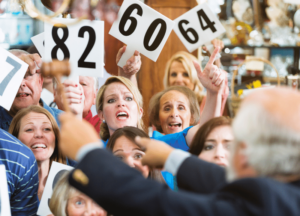
Live Auctions and Stamp Shows
For high-value collections or rare stamps, consider live auctions through respected philatelic auction houses like Spink, H.R. Harmer, Christie’s, or Robert A. Siegel Auction Galleries. Live bidding fuels competitive prices.
Local and regional stamp shows also present opportunity to network with collectors and dealers. You can get stamps appraised, advertised and sold through these events.
Pricing competitively and being willing to negotiate will give you an edge. Consigning very valuable stamps to experts is safest to ensure authenticity.
Contact area dealers and collectors clubs to find upcoming shows and auctions. These remain popular channels for finding local buyers.
With the right mix of online and offline selling strategies, you can connect with an engaged network of stamp collectors and unlock your collection’s value.
Maximizing Profit
Pricing your stamps correctly and being prepared to negotiate will help maximize your profits when selling your collection. Approach pricing strategically using these key tips:
– Research current market rates – Consult recent price catalogs and dealer prices for comparable stamps to set fair starting prices.
– Factor in conditions – Heavily used stamps in poor condition will sell for below catalog values. Price accordingly based on wear.
– Consider getting rare stamps appraised – For high-value or unfamiliar stamps, professional appraisal gives you credible pricing.
– Price high on specialty sites – On sites like eBay, competitive pricing is key. But on collector sites, higher prices can be warranted for rare finds.
– Bundle stamps into logical lots – Creating themed lots or sets around eras, topics or countries can boost perceived value.
– Use reserves for rare auctions – When auctioning high-value stamps, set fair reserved minimum bids to protect your interests.
– Be flexible on pricing – Being open to reasonable offers and negotiations will give you an advantage.
When negotiating stamp pricing with buyers and dealers:
– Cite credible sources to justify your pricing when needed.
– Point out unique attributes and scarcity to support higher prices.
– Bundle in extra freebies to seal deals on big ticket items.
– Avoid going below 70% of initial asking prices.
– Walk away from lowball offers that undervalue your rare stamps.
With the right mix of pricing strategies and sales tactics, you can maximize your stamp collection’s profit potential.
Ensuring Authenticity
When selling valuable vintage or rare stamps, verifying authenticity is crucial for avoiding fraud. Dependable methods for authentication and professional stamp appraisal services can help secure your profits.
To assess stamps on your own, look for:
– Proper perforations – Fake perf holes often differ from authentic patterns.
– Original gum – Fakes often lack original gum or have recleared gum.
– Postmark – Signs of forged cancellations include blurry or incorrect ink colors.
– Fluorescence – Under UV light, fakes may show paper fluorescence that differs from the original.
– Watermark – The stamp paper’s watermark should match reference images.
For extremely rare or high-value stamps, consider professional certification:
– The Philatelic Foundation provides respected expertising services along with reference guides for identifying fraudulent stamps.
– The American Philatelic Expertising Service and British Philatelic Association also offer stamp authentication and certificates.
– Reputable auction houses like Spink and Siegel Auction Galleries have expert authenticators on staff.
Appraisal services can accurately price rare finds:
– Stamp expert dealers like Mystic Stamp Company provide free appraisals.
– Insurance appraisals establish value for claiming tax deductions on large donations.
Experienced collectors can also help informally verify and value mystery stamps through clubs and associations.
Taking steps to confirm authenticity and get accurate appraisals gives buyers confidence and helps you secure fair prices for rare and valuable stamps.
Pitfalls to Avoid
When selling your stamp collection, being aware of potential pitfalls can help you avoid costly mistakes or falling victim to scams. Steer clear of these common stamp selling blunders:
– Failing to research prices – Not valuing your stamps accurately by checking current catalogs and market rates.
– Selling too quickly – Rushing to unload stamps rather than targeting the ideal buyers and maximizing profit.
– Not confirming authenticity – Skipping authentication steps for rare stamps opens you up to fraud.
– Using unsafe payment methods – Only use protected payments like PayPal Goods and Services to avoid non-payment.
– Choosing the wrong selling platforms – Picking inappropriate sites or auctions houses for your stamp type fails to maximize exposure.
– Overgrading condition – Overstating a stamp’s condition will lead to lower realized prices.
– Accepting low offers – Negotiating poorly by quickly accepting any lowball offers rather than staying firm.
To guard against stamp scams or fraud:
– Verify seller/buyer feedback and ratings on online marketplaces before transacting.
– Avoid “too good to be true” deals from unknown sellers.
– Never accept only cash, wire transfers, or checks for high-value sales.
– Photograph expensive stamps before mailing for selling proof.
– Learn to spot altered, forged and manipulated stamps.
Exercising caution, patience, and care when interacting with buyers will help you avoid missteps and maximize your stamp sales satisfaction.
Conclusion
Selling your stamp collection can be an immensely satisfying endeavor when done strategically. This guide has provided an in-depth overview of maximizing your profit potential through proper preparation, pricing, authentication, and leveraging the best marketplaces and platforms.
Key points covered include:
– Identifying the stamps in your collection that carry the most inherent value based on age, rarity, condition and demand.
– Organizing and cataloging your holdings to assess possible gems.
– Researching prices and trends to optimize timing and pricing approaches.
– Utilizing trusted online stamp markets like eBay and HipStamp to connect with enthusiastic buyers globally.
– Consigning rare stamps to reputable live auction houses for competitive bidding on high-ticket items.
– Authenticating valuable stamps through expertizers to substantiate authenticity and avoid fraud.
– Negotiating judiciously to maximize your stamp sale profits.
For collectors interested in monetizing their stamps, this guide provides an excellent blueprint to begin the process. With diligence and patience, you can turn your envelope-licking hobby into a profitable endeavor. Now is the time to unlock the hidden value of your collection and bring your stamps out of the basement and into the market.

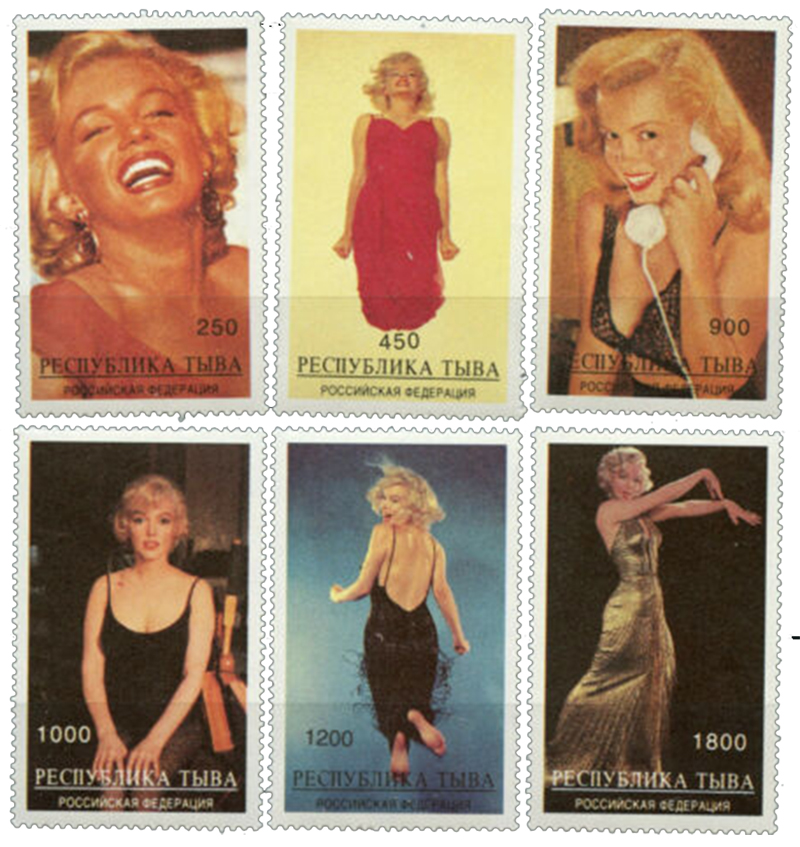
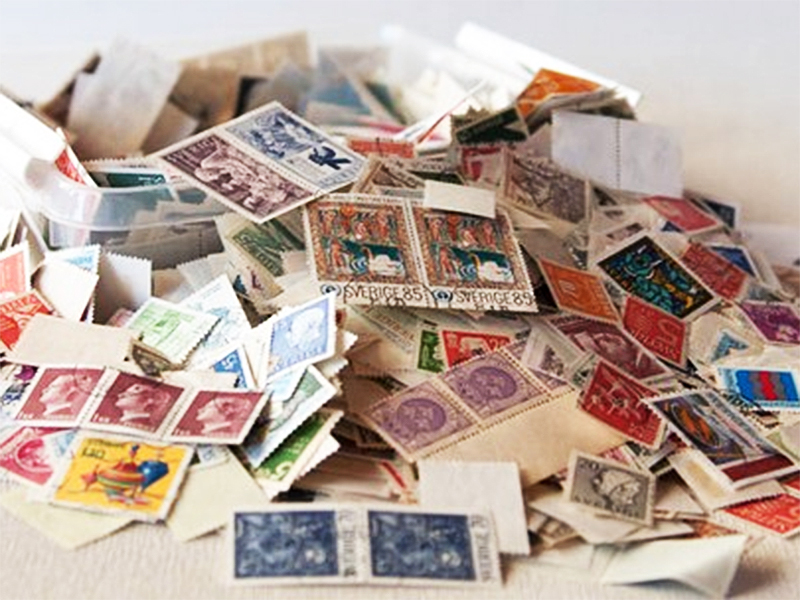
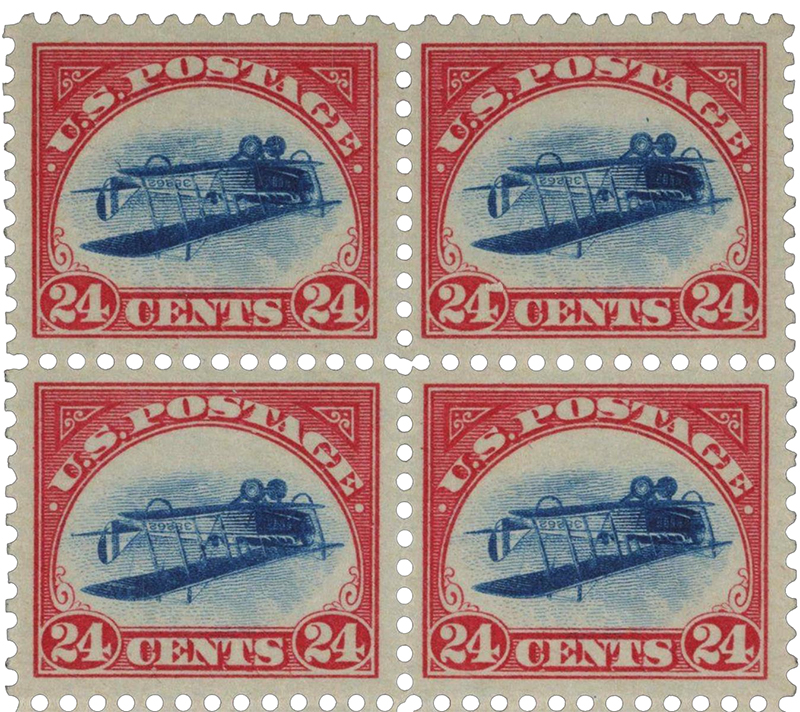
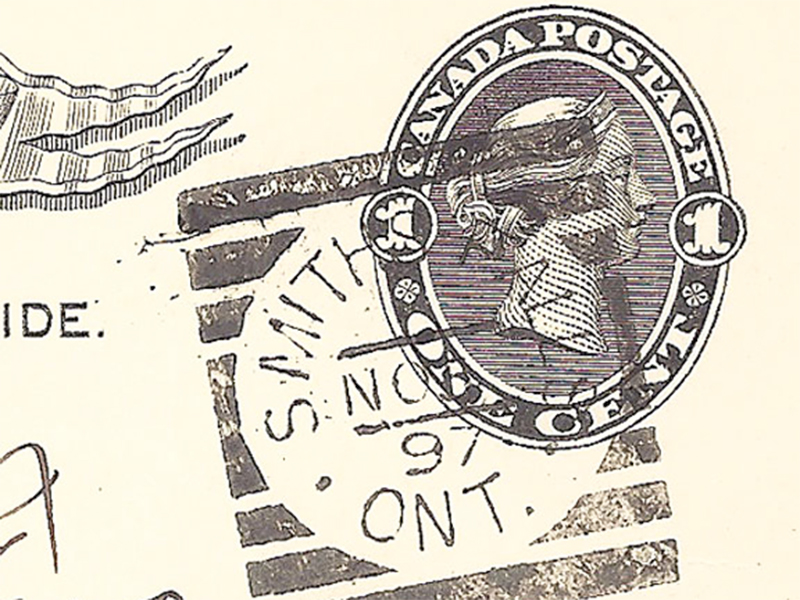
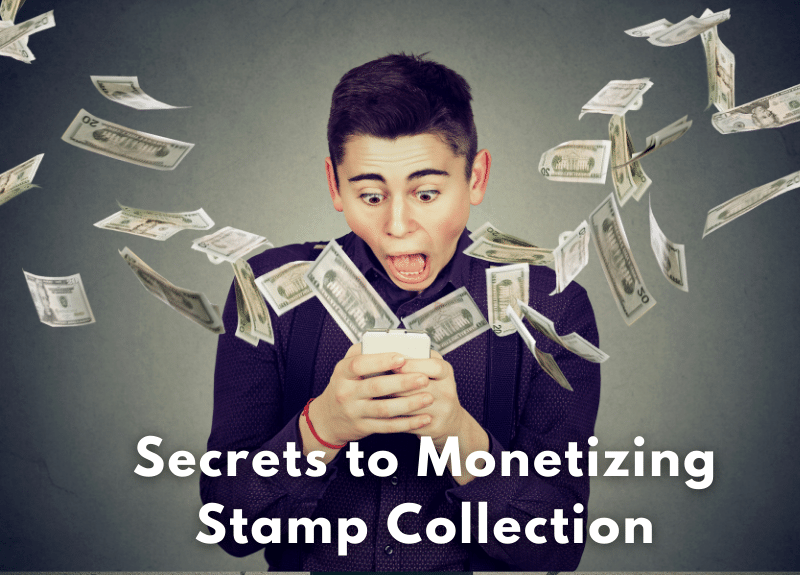
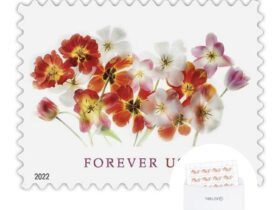




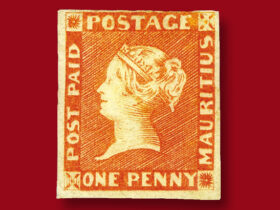
Leave a Reply